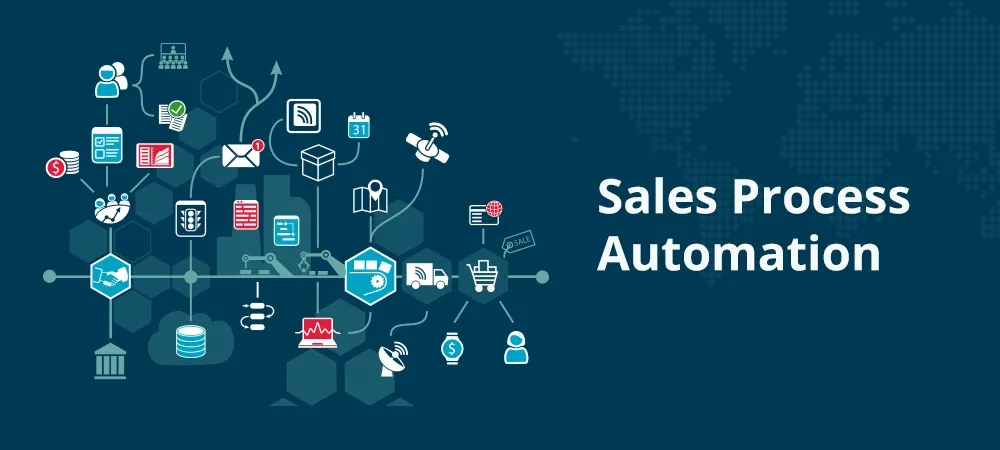
Introduction: The Shift to Digital-First Sales
Traditional sales materials—such as brochures, PDFs, and slide decks—are becoming obsolete in today’s fast-paced business environment. With evolving buyer expectations and an increasingly digital-first world, companies need more engaging, interactive, and dynamic sales strategies. A recent study by Gartner reveals that 80% of B2B sales interactions will occur in digital channels by 2025. This shift necessitates a transformation in how businesses engage prospects, nurture leads, and close deals.
The Limitations of Static Sales Materials
Static sales materials have long been the backbone of sales enablement, but they come with several limitations that hinder effectiveness:
- Lack of Engagement – Traditional brochures and presentations do not allow real-time interaction or personalization, making it hard to captivate modern buyers.
- Outdated Information – Static documents quickly become outdated, requiring constant revisions and redistribution, which can be time-consuming and costly.
- Limited Analytics – There is no way to track whether a prospect engages with a PDF or slides, making it difficult for sales teams to gauge interest.
- One-Size-Fits-All Approach – A generic sales pitch rarely addresses the unique pain points of different decision-makers, reducing conversion chances.
- No Real-Time Collaboration – Static documents do not facilitate live discussions, feedback loops, or instant updates, leading to slower decision-making.
The Power of Digital-First Selling
Digital-first selling leverages interactive, data-driven, and personalized approaches to engage buyers throughout the sales journey. Here’s how it transforms sales processes:
1. Interactive and Personalized Experience
Unlike PDFs or PowerPoint slides, digital sales microsites and interactive content allow prospects to explore content based on their interests. Personalized sales experiences can increase conversion rates by up to 202%, according to McKinsey.
2. Real-Time Data & Analytics
One of the most significant advantages of digital-first sales is the ability to track engagement metrics. Sales teams can see which parts of their content resonate most with buyers, allowing them to refine their approach accordingly.
3. Always Up-to-Date Content
Cloud-based digital sales tools ensure that content is always current and accessible. Companies no longer need to worry about sending outdated pricing sheets or product catalogs.
4. Enhanced Collaboration
Buyers today expect a consultative sales approach. Digital sales platforms enable real-time collaboration between sales reps and prospects, making it easier to answer questions, share additional resources, and address concerns on the spot.
5. Better Alignment with Buyer Journeys
A study by Forrester found that 74% of B2B buyers conduct more than half of their research online before engaging with a sales rep. A digital-first strategy ensures that sales teams provide valuable content aligned with the buyer’s research and decision-making process.
Digital-First vs. Static Sales Materials: A Comparison
| Feature | Static Sales Materials | Digital-First Selling |
|---|---|---|
| Engagement Level | Low | High (Interactive) |
| Personalization | Minimal | Fully Customizable |
| Analytics & Tracking | None | Detailed Insights |
| Collaboration | Limited | Real-Time Sharing |
| Content Updates | Manual & Slow | Instant & Automated |
Real-World Examples of Digital-First Selling Success
- Adobe’s Digital Sales Transformation – Adobe replaced static PDFs with interactive sales content, increasing customer engagement by 120% and improving conversion rates.
- Tesla’s Online Buying Model – By eliminating traditional car brochures and relying on interactive online content, Tesla enhances the customer buying experience and streamlines decision-making.
- Truenov’s TrueSite Platform – Companies using TrueSite have reported a 35% increase in lead conversions by replacing static proposals and presentations with interactive microsites.
How to Implement a Digital-First Sales Strategy
- Adopt Interactive Content Platforms – Use digital sales microsites, interactive PDFs, and AI-driven chatbots to engage buyers in real-time.
- Utilize Data & Analytics – Leverage tools that track content engagement, allowing sales teams to optimize their pitch and follow-ups.
- Personalize Buyer Experiences – Customize content based on each prospect’s needs, industry, and pain points.
- Ensure Seamless Integration – Connect digital sales tools with CRM, marketing automation, and other sales platforms for a cohesive experience.
- Train Sales Teams on Digital Selling – Equip your team with the knowledge and tools to leverage digital-first selling effectively.
The Future is Digital-First
As B2B buyers increasingly favor digital interactions, businesses must move beyond static sales materials to stay competitive. Companies that embrace digital-first selling will not only enhance buyer engagement but also improve sales efficiency, data-driven decision-making, and overall business growth.
Are you ready to transform your sales strategy? Start leveraging digital-first selling today and gain a competitive edge in the evolving business landscape.
Contact us now for a TrueSite Demo
Know more about Sales Automation
